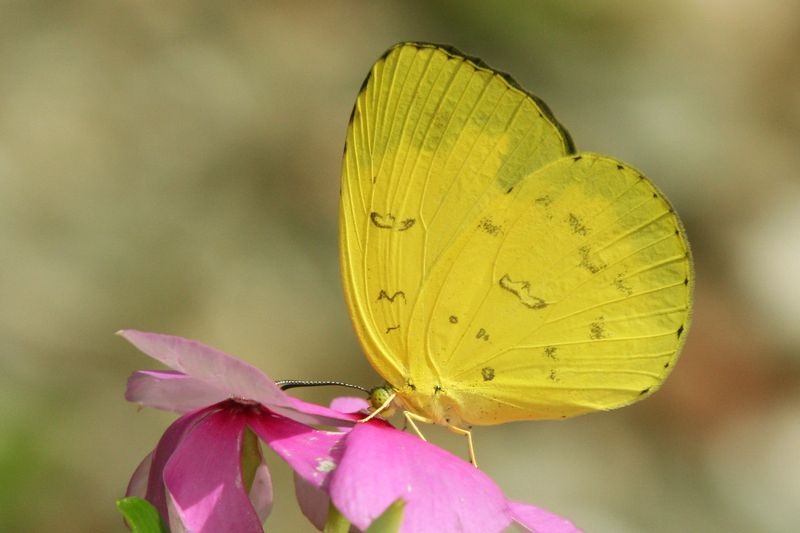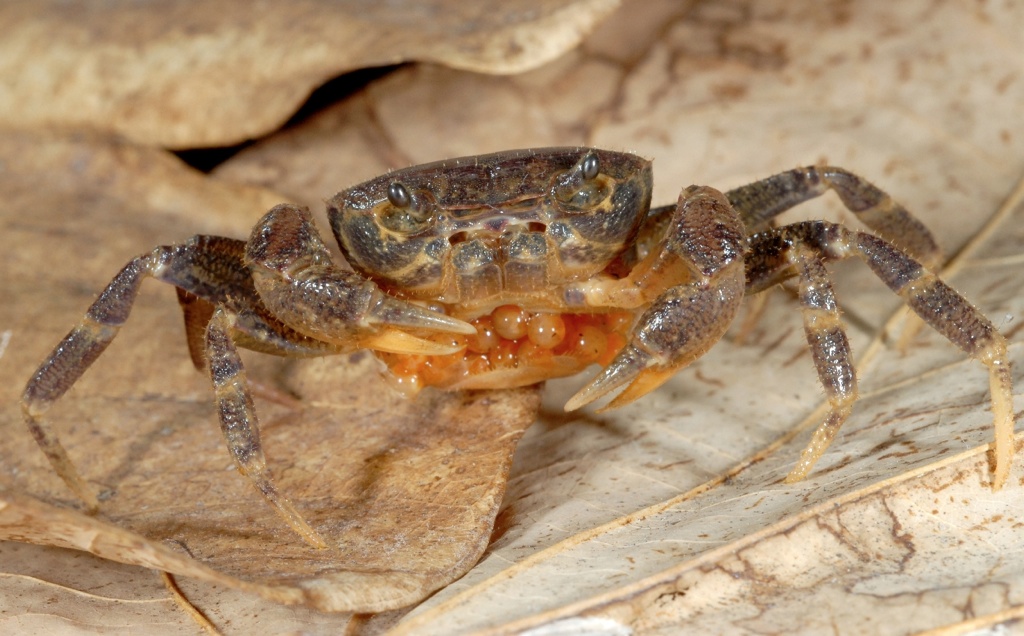A Celebration Of Singapore’s Biodiversity
 If we would just take the time to study our environment, we will discover a wealth of biodiversity in our neighbourhoods.
If we would just take the time to study our environment, we will discover a wealth of biodiversity in our neighbourhoods.
Singapore, by virtue of its geographical location, has a much richer biodiversity than many of us realise. It is probably hard for urbanites like ourselves to imagine that there is biodiversity right at their doorstep. But they are there, if we would just spare the time to look carefully.
Biodiversity in Singapore

The Common Grass Yellow (Eurema hecabe contubernalis), as its name suggests, is considered to be the most common butterfly in Singapore. With its bright yellow wings, it can easily be spotted in most parts of Singapore, even in the city centre.

The Singapore Freshwater Crab (Johora singaporensis) lives in the freshwater streams of Singapore and is an endemic species, meaning that it is found only in Singapore. Rapid urbanisation and industralisation has led to reduced numbers of this species.
 The Common Palm Civet (Paradoxurus hermaphrodites), also known as the Musang or Toddycat, lives in forests and mangroves, and sometimes in parks.
The Common Palm Civet (Paradoxurus hermaphrodites), also known as the Musang or Toddycat, lives in forests and mangroves, and sometimes in parks.
 Yes, there are corals reefs in the waters surrounding Singapore! Coral reefs are massive limestone structures built by hard corals. In Singapore, they are found around the Southern islands such as Sisters Island, Pulau Hantu, Pulau Satumu, and Pulau Semakau.
Yes, there are corals reefs in the waters surrounding Singapore! Coral reefs are massive limestone structures built by hard corals. In Singapore, they are found around the Southern islands such as Sisters Island, Pulau Hantu, Pulau Satumu, and Pulau Semakau.
The Importance of Biodiversity The most important question to ask ourselves is: why is biodiversity important to us? Why is it important to make space for other species besides ourselves to thrive?
Biodiversity and their natural habitats play crucial roles in providing a balanced ecosystem, improving human health and well-being and enhancing and enriching the quality of life of city dwellers. In this concrete jungle that we live in, we constantly face the stress of a man-made hard-surfaced environment. Nature and greenery helps to soften the environment. Daily contact with nature helps to stimulate our senses and is beneficial to our emotional and physical well-being.
The diversity of species also provides us with important biological and genetic resources that may be the key to the next cure for many illnesses. For our own welfare, it is imperative that we prevent our natural resources from becoming extinct.
Besides their medicinal value, these resources also hold commercial worth. For example, the blood-clotting enzyme from the horseshoe crab, cloned from Singapore specimens, is now used worldwide to detect toxic contaminants in pharmaceutics.
To Celebrate and to Protect
The Festival of Biodiversity held on 13 and 14 July at VivoCity serves to celebrate and showcase Singapore’s amazing biodiversity. An annual event organised by NParks in partnership with the Biodiversity Roundtable, the Festival hopes to bring about greater awareness of Singapore’s biodiversity and in doing so, enthuse more youths and volunteers to do their part for nature.
By Tan Sze Peng
Photo of Common Grass Yellow by Horace Tan
Photo of Singapore Freshwater Crab by Tan Heok Hui
Photo of Common Palm Civet by Chan Kwok Wai
Photo of corals by Ria Tan.a


Have views or comments on this article? Let us know via this form. If you would like to give us feedback on any other areas relating to our parks and gardens, please submit via https://www.nparks.gov.sg/feedback